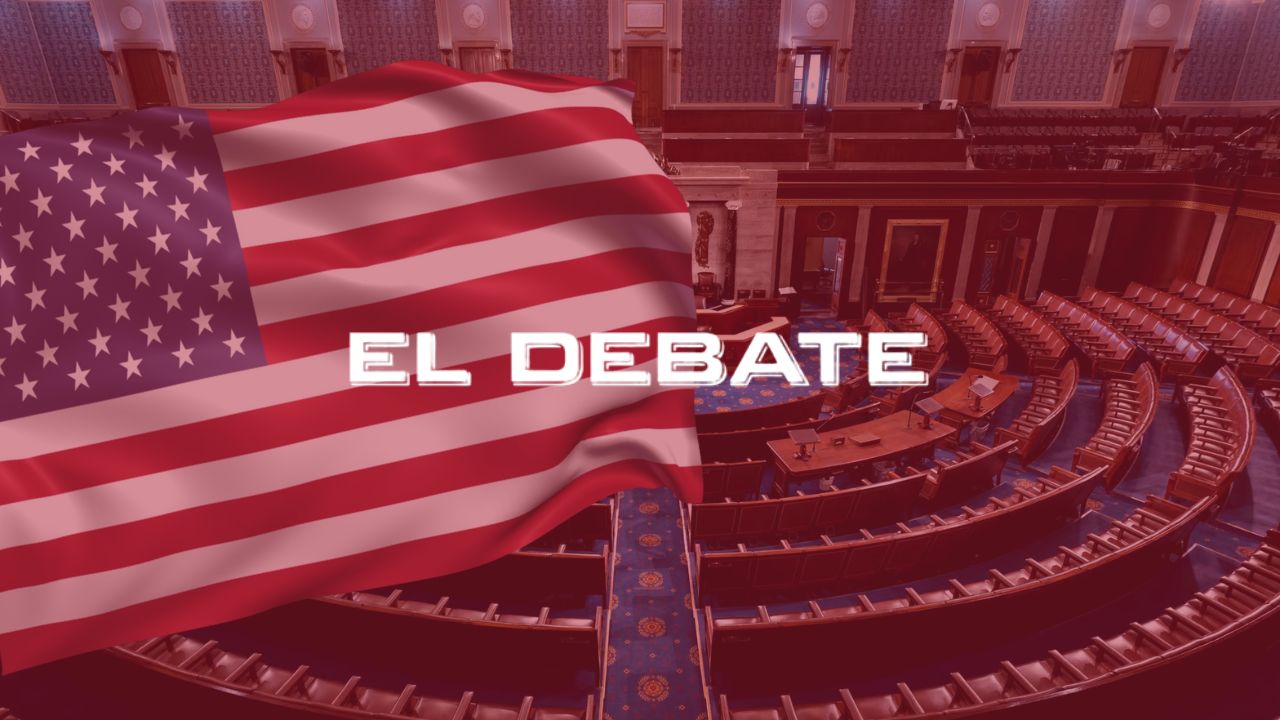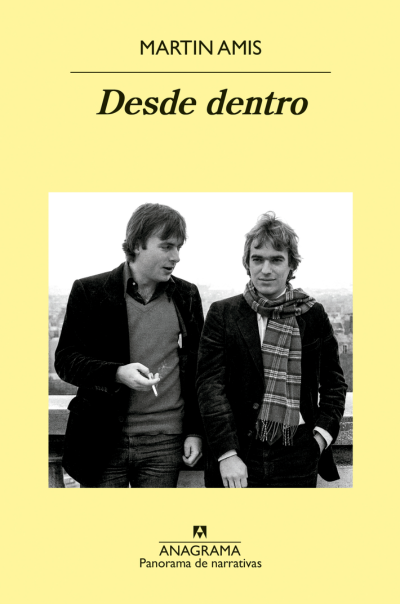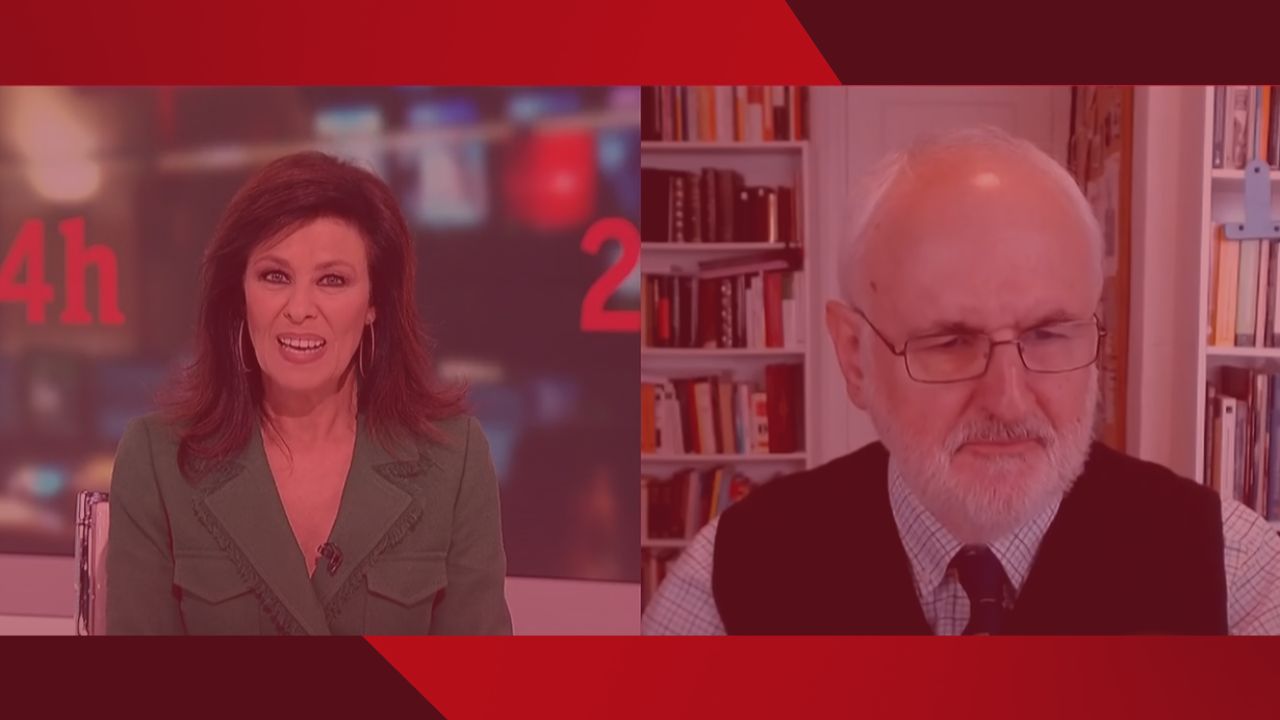One of the pending challenges of the political agenda in the last legislative year of the European Parliament and Commission is deciding what to do with one-use plastics, under the premise of stopping or, at least, reducing pollution on European waters. These receive over 150,000 tons of the material per year. The proposal currently making its way through parliament is to prohibit the sale of products made out of this material, from cotton buds to straws. It also contemplates the member states increase their one-use bottle recollection, with the aim of recycling 90 percent of them by the year 2025. The cost of the plan would be covered by companies, by paying the new programs of waste disposal and cleaning.
According to commissioner Frans Timmermans, the draft of the new regulations intends nothing less than a “global race to the top” in the purification of the world’s oceans, our environment, the food and even our bodies. Difficult it is not to be overwhelmed by such noble goals. After all, who does not want cleaner seas, food and bodies? However, a proposition can only make a real difference when its results are as impressive as its intentions. And here, it falls short from so doing.
Prohibiting one-use plastics seems an easy measure to agree on. In reality, however, it is not so finding products that have the purpose and level of reliability at the same time. Since, despite its only usage, its functions are endless. As an example, keeping our food fresh or medical instruments sterilized. Therefore, replacing them constitutes a serious R&D challenge. Although there are existing alternatives to normal plastics, such as biopolymers (made from biomass), the main obstacle lies in the incapacity of the industry to produce them at the required scale.
If we cannot undertake this transition with an equally effective material, we run the risk of creating a huge number of new problems. Without one-use plastics, our food would decompose at a greater speed. The resulting waste of food would force us to increase its production, thus tensioning land and water management. The CO2 and methane emissions would rocket. In the end, the cost would not only lie in the governments, but in the consumers too.
An additional setback is that, even if one-use plastics could be replaced, its alternatives are not necessarily environmentally-clean. Most compostable plastics can be only discarded in an efficient manner in special facilities, which we currently barely have. And, should they end up anywhere else, their pollution would equal normal plastics.
All this leading to the real problem: recycling. Or rather, the lack of doing it. The maximum environmental priority of the EU should now be that States keep the promise of recycling at least 50 percent of all their waste. This would be both a good policy and a profitable business. According to Commissioner Jyrki Katainen, only 5 percent of EU plastics are recycled every year. Translating into a loss for the European economy of over 100 billion euros. More would be done to protect the environment and drive our economies by recycling a small part of this quantity, than with the current proposal.
Even so, Parliament discussed the problem by the end of October in its plenary session and its conclusion distanced from recycling and went for the prohibition. Thus keeping with the European Commission’s Board May proposal, that was routed to prohibit one-use plastics by 2021 and recycling 90 percent of one-use bottles by 2025. This is reflected on the Royal Decree of Law 239/2018 dating May 18t, on the reduction of plastic consumption, having its effects been seen in stores for some months now.
The Board mentions the economic and environmental advantages the measure would have, highlighting a saving of 22 billion euros in environmental costs compared to the current satiation and a saving of 6.5 billion for consumers. Yet, this numbers are still far from the mentioned 100 billion lost annually by the EU for its lack of recycling. Hence, instead of prohibiting the sale of plastic products, the most convenient thing to do would be to boost recycling and re-usage. It is a complex proposal for the wide scope of objects it affects and the different protocols it implies. Furthermore, any initiative of this kind must be accompanied by an information and education campaign for the citizens on its need and the materials that make up every product, so as to identify them and separate them adequately.
In any case, and in spite of its difficulty, it seems a more viable option when reducing the European economies’ environmental footprint, clearly more respectable towards the individual and economic freedom of businessmen and consumers.






